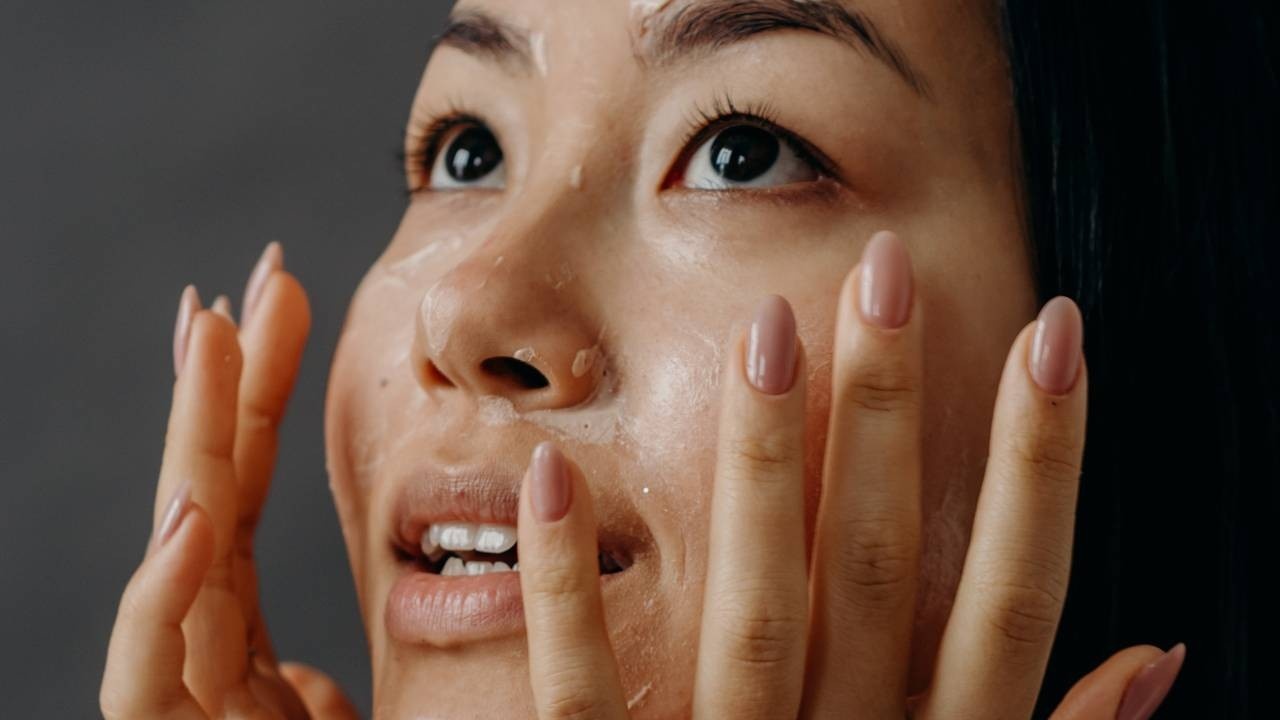Four Common Skin Changes in Pregnancy
Jul 27, 2022
This is a topic Drs. Sarah & Alicia frequently get asked about, and today they outline the four most common changes you may expect to see in your skin during pregnancy, why they happen, and what you can do about it!
1. Dark Spots
Melanin is the substance in our bodies that naturally gives pigmentation to our skin and hair. Increased levels of estrogen and progesterone occurring during pregnancy stimulates extra melanin production, which can in turn cause dark spots to appear on parts of our body, most commonly the breasts, inner thighs, and the face. Melasma is another term used to refer to these dark spots. It is more common in people with darker skin who naturally have more pigment than lighter-skinned people.
To help prevent or reduce the appearance of melasma, avoid prolonged exposure to sunlight, use sunscreen, and sun protection. Topical vitamin C might also help to lighten the spots and it's considered safe to use in pregnancy. The dark spots usually fade once hormones return to normal postpartum, but in some cases it can remain longer term. If that is the case, talk to your care provider about possible treatment after pregnancy and breastfeeding is finished. Melasma is also closely linked to linea nigra, the dark line that runs vertically from the navel or belly button down to the pubic hair region. The same prevention and treatment can apply, and it generally decreases quite significantly after pregnancy, as hormone levels return to pre-pregnant states.
2. Stretch Marks
Stretch marks can be one of the most feared skin complications of pregnancy, and they are very common, occurring in 50%-90% of pregnant people. They often start as red or purple lines or streaks, and fade over time to become pale lines or marks on the skin.
The most common sites that are affected are the abdomen, breasts, and thighs. They occur for the self-evident reason; the stretching of the middle layer of the skin, or the dermis, during the changes of pregnancy, causing it to become stretched and broken in places. Genetic predisposition as to your skin's elasticity will impact how many may appear.
Unfortunately, there is no evidence that any topical preparations can help to decrease or prevent stretch marks in pregnancy. Good moisturizing of the skin may help with the itchiness that often accompanies stretch marks and it can't hurt, but unfortunately there's no magic prevention or cure. Often they will just fade with time, and if they are highly unwanted, surgical removal via a procedure such a tummy tuck is an option.
3. Acne
There's not much we can do to prevent the occurrence of acne, but there are lots of things that can be done to help manage it! Recommendations include washing your face twice daily with mild soap, water, and a mild exfoliator. Try to avoid stretching or picking at any acne to avoid scarring, and try to use oil free cosmetics. For managing acne that may already be present, there are topical products that are safe to use in pregnancy, such as
So some good general recommendations are number one, wash your face twice daily with mild soap. And water and mild exfoliation. Number two and the phone can be really hard, but trying to avoid picking or scratching at your acne to avoid scarring. And number three, try to choose oil free cosmetics. Now in terms of managing the acne that may already be present, there are certain topical products that can be safely used in pregnancy, such as topical benzoyl peroxide, azelaic acid, salycilic acid, and glycolic acid. Products that we do not recommended for use in pregnancy include vitamin A preparations and oral preparation of acne medication in pregnancy. It’s always a good idea to check-in with your care provider if you’re not sure about the safety of a product.
4. Spider Veins
Spider veins are the tiny, red veins that can appear on your face, neck, and arms during pregnancy, again due to hormonal and blood flow changes. Spider veins are not a cause for concern adn usually improve after pregnancy is complete. Anything that helps keep your blood moving smoothly through your veins will help decrease their appearance, such as avoiding crossing your legs. Using compression socks can be helpful to keep blood flowing through the legs regularly, also reducing the appearance of varicose veins.
For skin issues that don’t resolve themselves after pregnancy, there are a few safe, surgical options such as a tummy tuck to get rid of stretch marks, or a sclerotherapy for spider or varicose veins, but we can also strive to accept these normal changes in our bodies! For more information on skin in pregnancy, check out our previous podcast Skincare in Pregnancy with Dr. Bri!
Newborn Skin Care
If you want to learn more about caring for your baby's skin have check out our post about Newborn skin care.
Taking you from anxious and overwhelmed to confident during your childbirth experience:
Don't miss a word!
New topics, stories, and information delivered to your inbox weekly.
Sign-up to receive our podcast and blog posts delivered to you directly via email!
We hate SPAM. We will never sell your information, for any reason.


